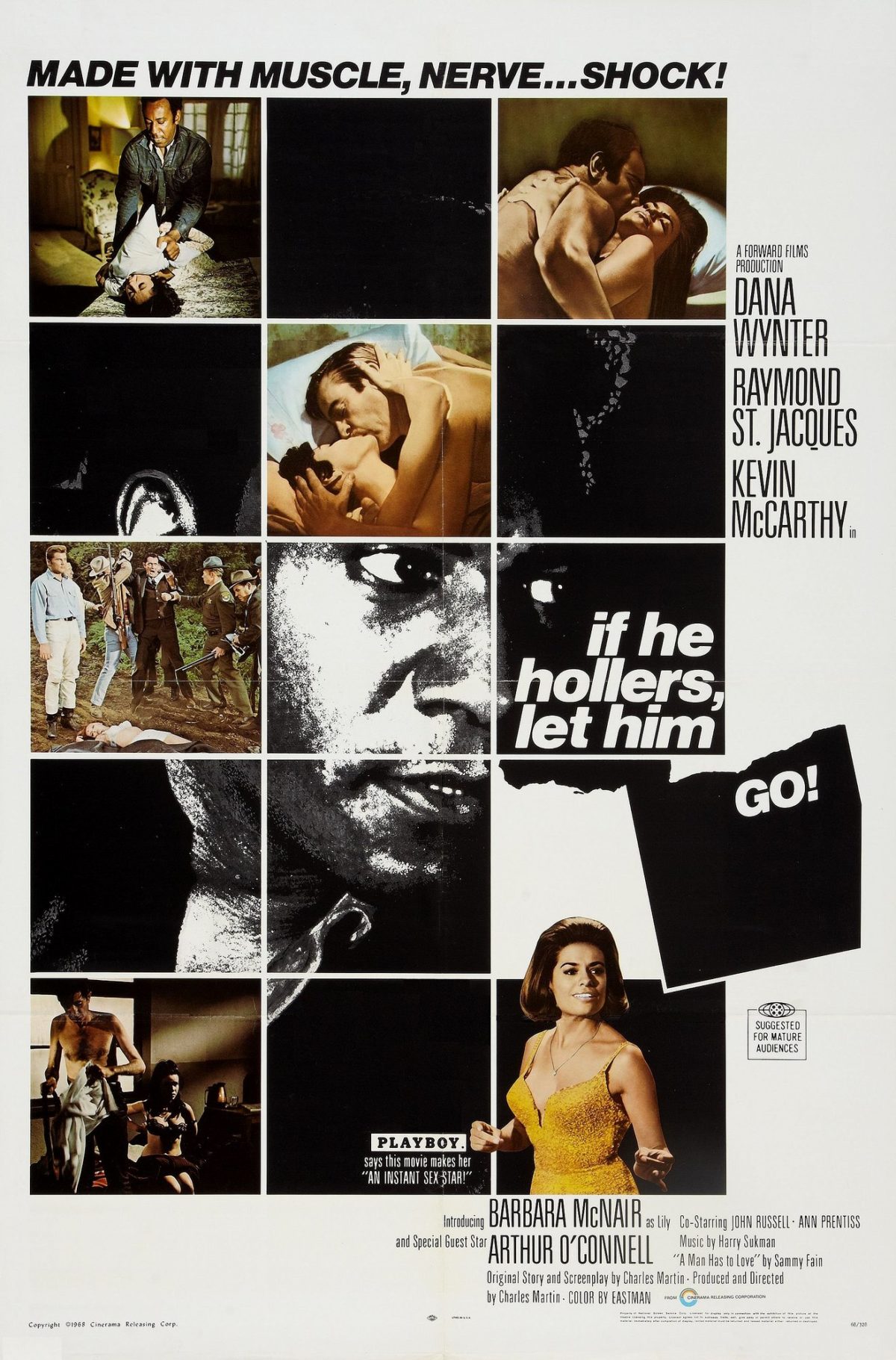I cannot say I am an avid reader. I never find myself reading for enjoyment or just for the sake of reading. So, when I do read, which is often for class, I find myself reading and searching for a purpose, which is how I have approached this class and more specifically Trick Baby. I have a hard time believing that this book is just a story, not meant to be analyzed and dissected with the goal of understanding some deeper meaning or commentary on society.
Trick Baby touches on a lot of important topics, such as the intersection of the LGBTQ+ community and the black community, the role of one’s racial identity, as well as the long-lasting effects of one’s childhood and upbringing These are intriguing topics that could be seen as an examination of life or possibly one variation of the black experience.
I have found when reading these books which we have deemed to be under the genre of “black noir” that I have been reading these books and trying to establish a connection to my own life. I think this is because these works all take place in recent history, so there is somewhat of a sense of familiarity with the subject matter, especially when there is a larger diversity of characters, which is more reflective of current society. Although the story of White Folks isn’t the most identifiable, at least to me, I am finding there are still elements of the book in which the reader can identify with the story or the character, and I think that is what makes books appealing. Regardless of if this was the intention of Iceberg Slim, I think there is value in examining books, especially one’s like Trick Baby both in the context of our own lives and society. Even with works like The Maltese Falcon where the material seems so distant, we are still given a glimpse into life in San Francisco in the 1920s and the way in which society functions, especially in relation to the treatment of women and minorities.
While many of these works may be written for the sake of entertainment and sales, I think there is something to be lost if we do not examine these works which have been imbued with meaning, either by the reader or by the author themselves, and it’s important to recognize that. I took the Basics of Film Television, and Theatre my sophomore year at Notre Dame and one of the first things we learned is that nothing in a film is done unintentionally, and I think that applies to books as well. These important topics in Trick Baby, which may be in the background of the plot and somewhat masked by the “sleaze” as Nishikawa puts it in his chapter, are still worthy of discussion and serve a purpose beyond just moving the plot along. They are there to foster discussion, to draw the reader’s attention to a problem they weren’t yet aware of, or prompt them to sit with these topics and think about them in relation to their own life. If books are art, then they have meaning and are meant to be examined as such, even Trick Baby.
